Today, it is not uncommon to see staff members or principals watching a class while their usual teachers are out. The daily scramble to find enough substitute teachers often leaves students and administrators rapidly adjusting to new plans. While navigating the flu and cold season in the aftermath of a global pandemic, schools throughout the district and nationwide find themselves in a substitute teacher shortage.
Following the rise of COVID-19, teachers have increasingly called out sick. Last year, studies concluded that three out of four public schools reported higher teacher absentee rates than in prior years. This issue often falls on principal secretary Susan Lowenstein, who is responsible for preparing sub schedules and assigning classroom substitutes before students arrive. Using Aesop, teachers can request absences, and secretaries can mark which absences have been filled by a sub.
“When I get up in the morning, I look at [Aesop]. I put together a schedule for myself from hour to hour to make a puzzle out of [seeing who needs coverage],” Lowenstein said. “I was frustrated when it was a rough time of year, back at the beginning of the school, right around Thanksgiving. Every morning was, ‘what am I going to walk into?’ I have the Aesop app on my phone, and I look at it before I leave home for work just so I have an idea.”
When there are not enough substitutes in the building, teachers help their absent colleagues. This often leads teachers not to have a plan period or sometimes even a lunch break. Teachers who step in to cover absences get paid for these hours.
“Teachers working as a team is the best thing to help this problem. It’s frustrating for [other teachers] to try to take their plan periods and cover for colleagues, but sometimes there’s really no other place to go,” Lowenstein said. “We come together and work to resolve things the best we can. I see a lot of teachers stepping in for each other, which is nice for a teamwork approach.”
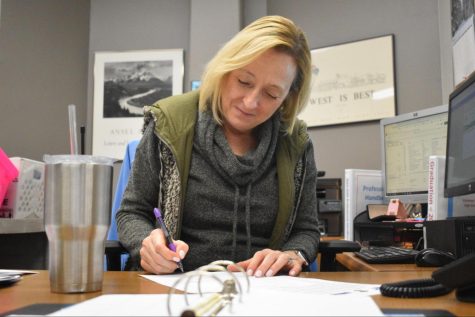
Administrators often cover classes if there are not enough substitute teachers on Kelly Educational Staffing, the substitute provider, and no other teachers are available in the building.
“When you have to pull an administrator to go in and cover a class, that creates a backlog of problems. It creates an issue for discipline problems if there are no administrators around to help because they’re in a classroom,” Lowenstein said.
Assistant principal Beth Aromando, who has been at the school for 15 years, says she has not seen a substitute shortage like this in her career. Aromando is the evaluator of teachers who have been in the district for one to three years, conducting routine evaluations. Aromando often reaches out to sick teachers to make sure they are okay.
“It’s concerning for students because of the lack of consistency with teachers. For example, if a teacher gets COVID-19 and they’re out for several days, it is hard to not have that teacher who knows the material and what’s on the upcoming test in that class,” Aromando said. “It’s hard for teachers to provide enough meaningful lesson plans when they’re away and for the students to learn during that time. It’s unfortunate, but we have to deal with it and we want to keep people safe. We don’t want teachers coming to school if they’re sick. [The substitute shortage] is something that we’re navigating different opportunities and ways to work through. It’s not easy, for sure.”
To address the situation, Parkway partnered with Kelly Education to recruit more applicants and grow its substitute pool. Chief of Human Resources Michael Baugus has an upfront view of the process.
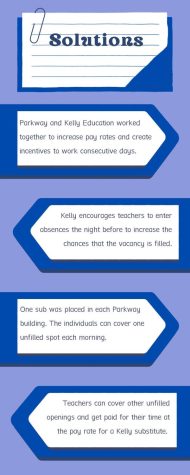
“Schools across the area, like other industries locally and nationally, are faced with this same challenge of securing a workforce. While there are many reasons for this new reality, some say that COVID has changed when, where and how often they work compared to just a couple of years ago. Parkway worked with Kelly Education to raise the daily rate of [$155 per day] for substitutes and incentivized people to work consecutive days. Kelly Education does a good job of onboarding their personnel quickly and ensuring they are ready for the classroom,” Baugus said.
As Parkway is working on creating solutions, Kelly Education has shared that the percentage of filling a vacancy is higher if that absence is entered into the system the night before versus the morning of the absence. Additionally, one permanent sub was placed in each building for the school year to assist schools.
“While principals probably get the most comments from parents, most people recognize that this is a national concern, not isolated within Parkway. We take every comment/concern seriously and work to address those concerns quickly. While there are no easy answers for the sub shortage, I am hopeful we are moving in the correct direction. We are in a better spot than we were a year ago, and I hope a year from now, we will be able to look back and say the same thing,” Baugus said.
Baugus is still navigating how to deal with this problem.
“As an educator, I get frustrated. Our students and their learning are the reason we are in this profession. Yet, when we have uncovered classrooms, the students are the ones that suffer. Additionally, the staff that is pulled to cover those classrooms are taken away from their critical work. Parkway is filled with amazing adults who care about the success of our students. Still, the substitute shortage has caused stress to the system and our staff,” Baugus said.




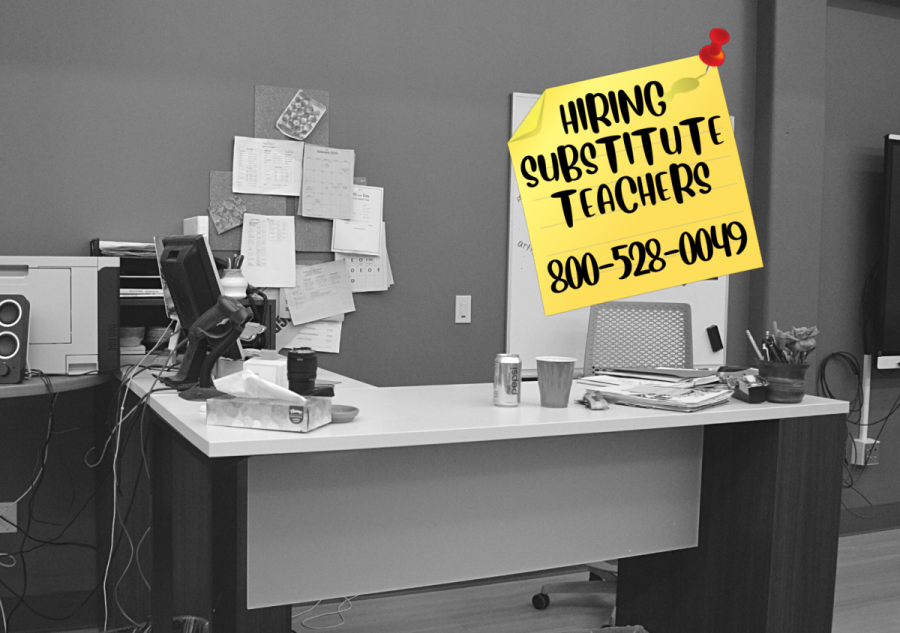

![Smiling in a sea of Longhorns, Fox 2 reporter Ty Hawkins joins junior Darren Young during the morning Oct. 3 pep rally. The last time West was featured in this segment was 2011. “[I hope people see this and think] if you come to [Parkway] West, you will have the time of your life because there are so many fun activities to do that make it feel like you belong here. I was surprised so many people attended, but it was a lot of fun,” Young said.](https://pwestpathfinder.com/wp-content/uploads/2025/10/Edited2-1200x798.jpg)
![West High seniors and families listen as a representative of The Scholarship Foundation of St. Louis, Teresa Steinkamp, leads a Free Application for Federal Student Aid (FAFSA) workshop. This session, held in the library, provided guidance on financial aid, scholarships and student loan options. “This event is very beneficial for any seniors who are applying to or considering applying to colleges after high school [because] the cost of college is on the rise for seniors and parents,” college and career counselor Chris Lorenz said.](https://pwestpathfinder.com/wp-content/uploads/2025/09/DSC_4478-1200x778.jpg)
![Senior Kamori Berry walks across the field during halftime at the Homecoming football game on Sept. 12. During the pep assembly earlier that day, she was pronounced Homecoming Queen. “I thought it was nice that the crowd [started] cheering right away. I know [my friends] were really excited for me, and my family was happy because typically non-white people don't win,” Berry said.](https://pwestpathfinder.com/wp-content/uploads/2025/09/DSC7046-Enhanced-NR-1200x798.jpg)



![Pitching the ball on Apr. 14, senior Henry Wild and his team play against Belleville East. Wild was named scholar athlete of the year by St. Louis Post-Dispatch after maintaining a high cumulative GPA and staying involved with athletics for all of high school. “It’s an amazing honor. I feel very blessed to have the opportunity to represent my school [and] what [it] stands for,” Wild said.](https://pwestpathfinder.com/wp-content/uploads/2025/05/unnamed-6-1200x714.jpg)
![The Glory of Missouri award recipients stand with their certificates after finding out which virtue they were chosen to represent. When discovering their virtues, some recipients were met with contented confirmation, while others, complete surprise. “I was not at all surprised to get Truth. I discussed that with some of the other people who were getting the awards as well, and that came up as something I might get. Being in journalism, [Fellowship of Christian Athletes and] Speech and Debate, there's a culture of really caring about truth as a principle that I've tried to contribute to as well. I was very glad; [Truth] was a great one to get,” senior Will Gonsior said.](https://pwestpathfinder.com/wp-content/uploads/2025/04/Group-Glory-of-Missouri.jpg)
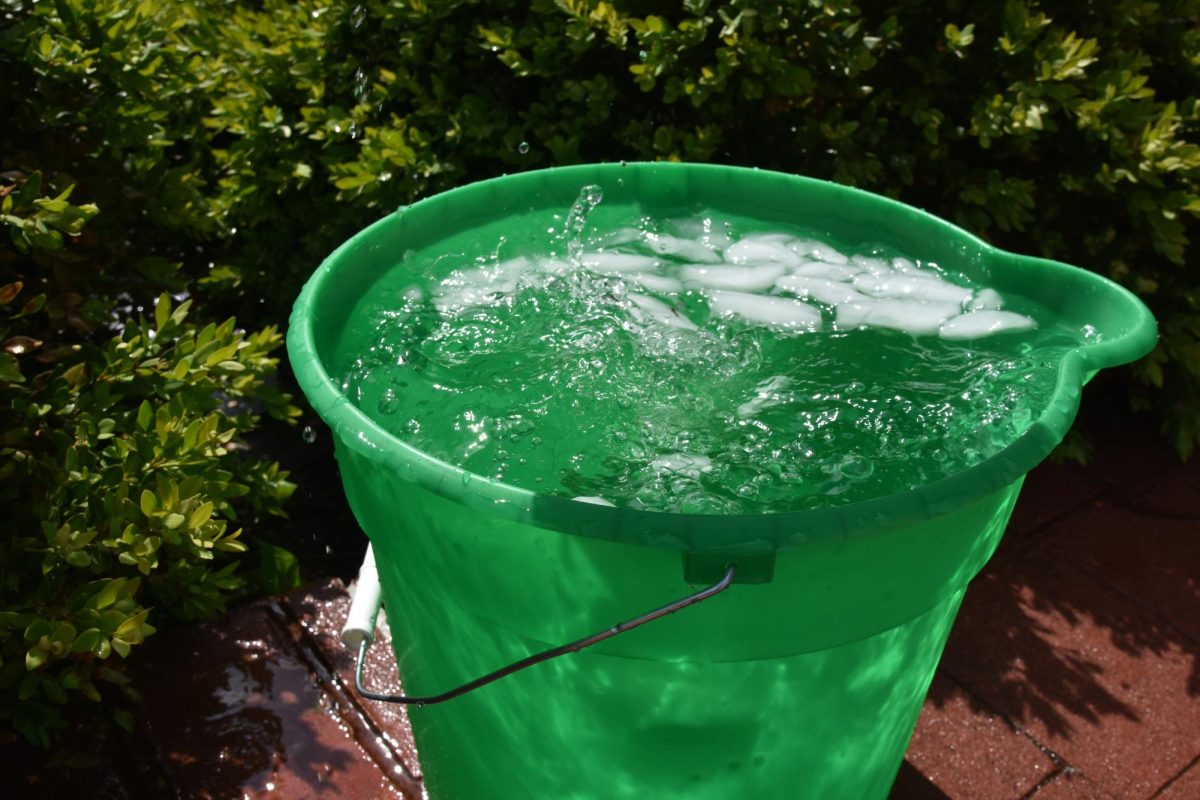
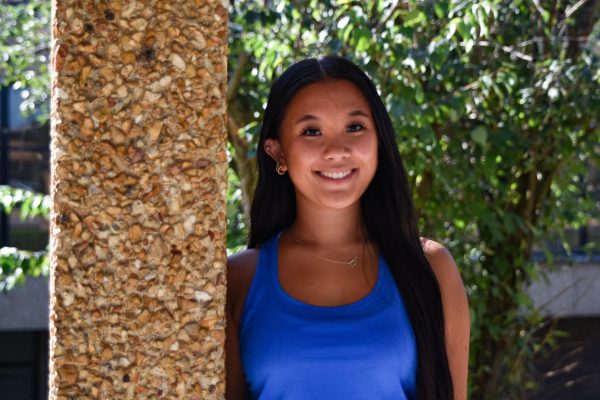
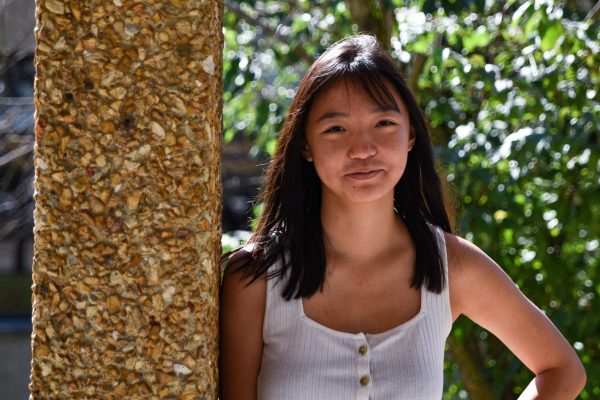
Serena Liu • Feb 27, 2023 at 12:04 pm
Great story Lia!